Contents
- Early History
- Indigenous Schools
- Colonial History
- Local Figures & Organizations
- Nashik Education Society
- Late Padma Shri Karmaveer Kakasaheb Wagh
- Maratha Vidhya Prasarak Samaj
- Post-Independence Era and Contemporary Educational Infrastructure
- Primary & Secondary Education
- Smart School Initiative
- Institutions of Higher Learning
- K.K Wagh Institute Of Engineering Education and Research
- Maharashtra University of Health Science (MUHS)
- Yashvantrao Chavan Maharashtra Open University (YCMOU)
- Symbiosis Institute of Operations Management
- NGOs and Community-Based Education Efforts
- Education on Wheels
- Graphs
- Enrollment and Dropout Rate
- A. Student Enrollment Numbers
- B. Student Enrollment (Class-Wise)
- C. Student Enrollment (Gender-Wise)
- D. Student Enrollment (By School Management Type)
- E. Drop Out Rate (By Schooling Level)
- F. Drop Out Rate (By Gender)
- Schools
- A. No. of Schools
- B. No. of Schools (Filtered by Gender Mix)
- C. No. of Schools (By School Management Type)
- Teachers
- A. No. of Teachers
- B. No. of Teachers (By School Management Type)
- C. No. of Teachers (Male vs Female)
- D. Education Level of Teachers
- Sources
NASHIK
Education
Last updated on 28 July 2025. Help us improve the information on this page by clicking on suggest edits or writing to us.
The educational framework of Nashik aligns with the broader structure of the Indian education system, encompassing pre-primary, primary, secondary, and higher education. When it comes to the district's educational history, by the 19th century, the introduction of the Western education framework in the district changed its educational landscape. British administrators and missionaries became actively involved in shaping education in the region.
Still, even as colonial influences grew, the early 20th century saw a wave of local initiatives; its existence indicated an increasing public awareness regarding the importance of education. Local communities took charge of education, a movement that carried into the post-independence era, shaping the district’s educational landscape in lasting ways.
Plans are underway to establish a new university in the district with 80% of seats reserved for Scheduled Tribe (ST) students. This initiative, the first of its kind in Maharashtra, aims to improve access to higher education for ST communities and marks a new stage in Nashik’s educational progress.
Early History
Much of Nashik’s early educational history remains unknown. However, this does not imply that any educational activity was completely absent in the district. It is possible that, like many places across Maharashtra, some systems of education did exist in the district in earlier times.
Some figures in ancient Indian tradition closely associated with teaching and learning are the rishis. They combined spiritual practice with knowledge-sharing and often lived in ashrams that served as spaces for meditation, study, and instruction. One such figure connected to Nashik is Rishi Agastya. He is a revered figure in Indian tradition and known for his appearances in the Ramayan, where he is described as a spiritual guide to Bhagwan Ram. Believed to have crossed the Vindhya mountains and settled by the Godavari River, Agastya is credited with composing Sanskrit texts and contributing to Tamil grammar. He is also regarded as a key figure in the Siddha tradition of medicine.
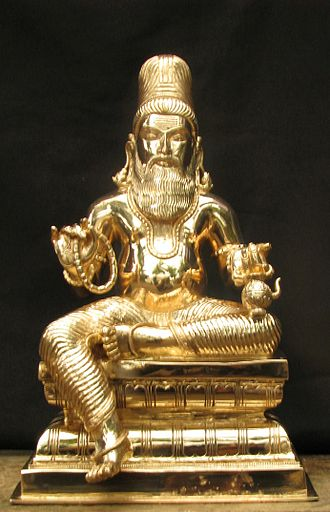
The colonial district Gazetteer (1883) describes the Dandakaranya region (which is believed to include parts of present-day Nashik) as a dense forest landscape dotted with ashrams of rishis, caves, and ponds. For a portion of his exile, Bhagwan Ram is said to have visited these hermitages, including Agastya’s, which was believed to be located near the Godavari. Local traditions in the Ankai area of Nashik maintain that remains of Agastya’s ashram can still be traced to an ancient Mandir dedicated to him, which continues to be a site of local reverence.
Indigenous Schools
Notably, it is also recorded that before the British era, some form of education existed in Nashik, mainly through private schools in larger villages. According to the colonial district Gazetteer (1883), these schools were typically run by Brahman teachers who were paid primarily in grain and, in some cases, in cash. Salaries in these rural schools were modest, with annual earnings ranging from Rs. 72 to Rs. 150, depending on the size of the village. The curriculum focused mainly on basic literacy.
Colonial History
In the 19th century, education in Nashik developed gradually, influenced by changes in administration, the activities of missionary organisations, and growing local interest. Some form of public education infrastructure began to take shape during this period, moving the district from mostly community-based learning to more organised schooling.
By the 1880s, the British administration took more concrete steps to expand access to public education by establishing government and aided schools in the district. According to the Gazetteer (1883), there were 262 such schools in Nashik by 1881–82, indicating the scale of these early efforts. Marathi was the primary medium of instruction, although Hindi, Urdu, and Sanskrit were also taught in some schools. Efforts were made to introduce English alongside local languages, and a few schools followed a bilingual approach, although such initiatives remained limited in reach and quality.
Among the institutions of note at the time was a high school that offered a more advanced curriculum in English, Marathi, Sanskrit, and Persian up to the university entrance standard. While this high school was an exception rather than the norm, its presence indicated early attempts to expand access to higher education within the district.
An interesting aspect of Nashik’s educational landscape during this period was the existence of schools in Igatpuri that catered specifically to the children of Europeans and Eurasians. These schools primarily used English as the medium of instruction, reflecting the segregation of educational opportunities based on race and social status.
Local Figures & Organizations
While entities from the West played a significant role in shaping the educational landscape of Ahilyanagar, local figures and organizations also emerged as key contributors. Many of them established institutions that continue to shape education in the district today, alongside community-led organizations that have played a lasting role in its development.
Nashik Education Society
The Nashik Education Society was formally established on 1 April 1923. Its origins trace back to 1908 when St. George’s High School was founded in Nashik by Reverend Shinde with support from the Christian Missionary Society. The school was set up to serve students who did not gain admission to government schools. It was located at the site of what is now Pethe Vidyalaya.
In 1918, the opening of the New English School led to a decline in enrolment at St. George’s. To continue operations, teachers under the leadership of Nanasaheb Abhyankar formed the Nashik Education Society. Management was taken over by the Society, with Rao Bahadur A. Gupte appointed as president and Md. Res. Godebole as principal. In 1923, the Education Minister of Bombay Province, Ragler Rt. Pu. Paranjpe visited the school and ensured that educational concessions were maintained.
The Society expanded over time and currently manages more than 20 schools in Nashik, such as the Smt. Rangubai Junnare English Medium School.
Late Padma Shri Karmaveer Kakasaheb Wagh
Karmaveer Kakasaheb Wagh (1898–1970), born Deoram Wagh in Ranwad village, was a prominent figure in education and rural development in Nashik. After his early education was interrupted by the 1914–15 epidemic, he became committed to expanding educational opportunities for rural communities. Influenced by leaders such as Mahatma Jyotirao Phule, Karmaveer Bhaurao Patil, and Rajarshi Shahu Maharaj, Wagh focused on increasing access to education for the Bahujan community.
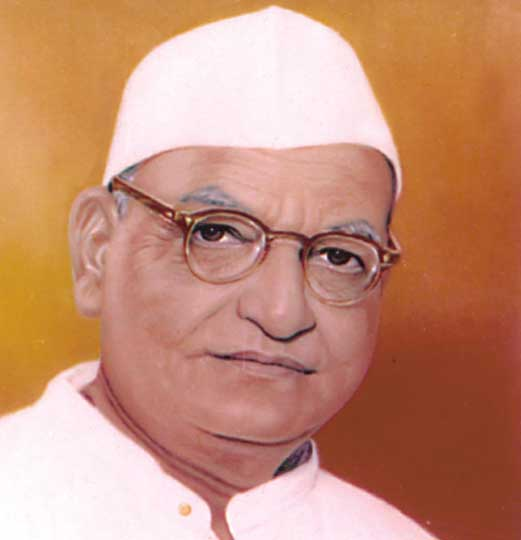
Wagh supported the establishment of several institutions, including the Maratha Vidya Prasarak Samaj (MVPS). He was also involved in setting up cooperative sugar factories, rural development initiatives, and social movements such as the Jungle Satyagraha. In 1970, he founded the K K Wagh Education Society to provide quality education in rural areas, beginning with a girls’ school in Niphad Tehsil. The Society later expanded to include schools and colleges such as the K K Wagh Institute of Engineering Education and Research, built with support from philanthropist Ratansey Haridas Udeshi.
In recognition of his work, Wagh received the Padma Shri in 1970. The K K Wagh Education Society continues to operate multiple educational institutions in Nashik.
Maratha Vidhya Prasarak Samaj
The Maratha Vidya Prasarak Samaj (MVPS) is one of the oldest educational organizations in the Nashik district. It was established in the early 20th century by local leaders including Karmaveer Raosaheb Thorat, Bhausaheb Hire, and Karmaveer Kakasaheb Wagh. The Samaj’s founding was influenced by the social reform work of Mahatma Jyotirao Phule, Savitribai Phule, and Rajarshi Shahu Maharaj, who promoted education for marginalised and rural communities.
In 1913, during the All India Maratha Education Conference held in Nashik, MVPS received significant financial support. Major contributions came from Shreemant Udojirao Pawar of Dhar Residency, who donated ₹10,000 and set up an annual grant of ₹2,000. Notably, additional funding was provided by other major figures like Rajarshi Shahu Maharaj of Kolhapur, Shreemant Sayajirao Gaikwad Maharaj of Baroda, Madhavrao Maharaj of Gwalior Residency, and industrialist Pandurang Javaji Chaudhari from Bombay.
MVPS gradually expanded its activities and now operates a large network of schools, colleges, and training centres across the Nashik district and surrounding areas. Notable institutions under the Samaj include the Karmaveer Adv. Baburao Ganpatrao Thakare College of Engineering, Dr. Vasantrao Pawar Medical College, and the College of Agriculture. The Samaj’s institutions continue to provide education in fields ranging from basic schooling to technical and professional training.
Post-Independence Era and Contemporary Educational Infrastructure
Following India's independence, the education system in Nashik underwent major transformations. The introduction of structured education levels: pre-primary, primary, secondary, and higher education, and the implementation of National Education Policies heavily shaped the educational landscape of the district. Over the years, the education sector has developed with contributions from both government-funded institutions and private organizations. Additionally, Educational boards were also introduced, each offering distinct curricula and standards, providing students with more choices.
Primary & Secondary Education
During the colonial period, both public and private efforts in education primarily focused on primary and secondary schooling, as indicated by data from district gazetteers across Maharashtra. Higher education remained underdeveloped in most districts, including Nashik, with gradual improvements taking place over time. While basic infrastructure for primary and secondary education existed, its expansion was closely tied to increasing enrollment and involvement of more local figures over the years. Today, this expansion can be seen in the ways schools are spread across various wards of Nashik city and the data available on the number of schools listed.
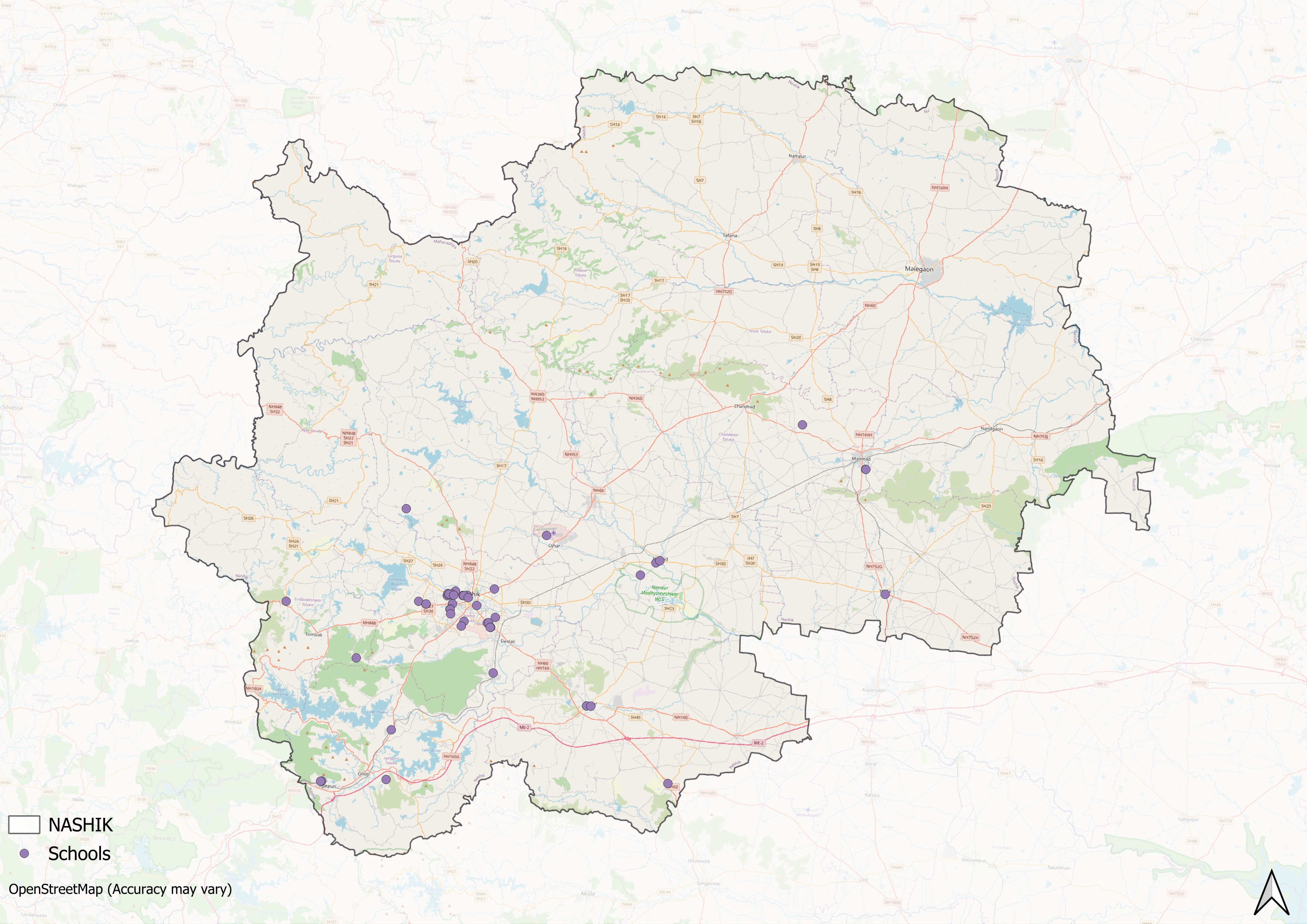
Smart School Initiative
Over the decades, many new models and approaches have emerged to improve access and quality. One of the most notable recent developments in Nashik’s school system is the introduction of the Smart School Project. For years, government and municipal schools in urban areas have often faced challenges such as outdated infrastructure and limited teaching resources. To address these issues, the Nashik Municipal Corporation (NMC), in collaboration with Palladium India, launched an initiative to modernise these schools.
The Nashik Smart School Project aims to convert 100 traditional municipal schools into “smart schools” equipped with digital tools and improved teaching methods. The project combines infrastructure upgrades with new classroom practices designed to make learning more interactive and inclusive. By using digital resources and multimedia content, the programme seeks to reduce over-reliance on textbooks and adapt lessons to different learning styles.
Another important feature is the Strategic Transformation and Education Program (STEP), which serves as the broader framework for these reforms. STEP brings together several components, including teacher training, new library spaces, environmental initiatives such as Miyawaki afforestation, and student leadership activities like Smart Girls and Bal Sansad (Children’s Parliament).
As noted by local officials, the Smart School Project is not only about technology upgrades but also about introducing a new model for how public schools operate. By combining digital tools with teacher support and social awareness programmes, the project aims to reduce the gap between government and private schools. According to Amit Patjoshi, CEO of Palladium India, the goal is for this approach to inspire similar efforts in other cities.
Institutions of Higher Learning
One of the most significant developments in Nashik’s educational landscape has been the gradual establishment of institutions for higher education. While primary and secondary schooling expanded steadily over the decades, opportunities for advanced study remained limited for much of the district’s history. Over time, local leaders and educational organisations helped address this gap by founding colleges and specialised institutes. Many institutions in the district today operate as privately managed, semi-private, or autonomous bodies.
K.K Wagh Institute Of Engineering Education and Research
The K.K. Wagh Institute of Engineering Education and Research was established in 1984 and moved to its present campus in Nashik city in 1986. The institute occupies an 8.2-hectare site and is recognised for its focus on technical education.
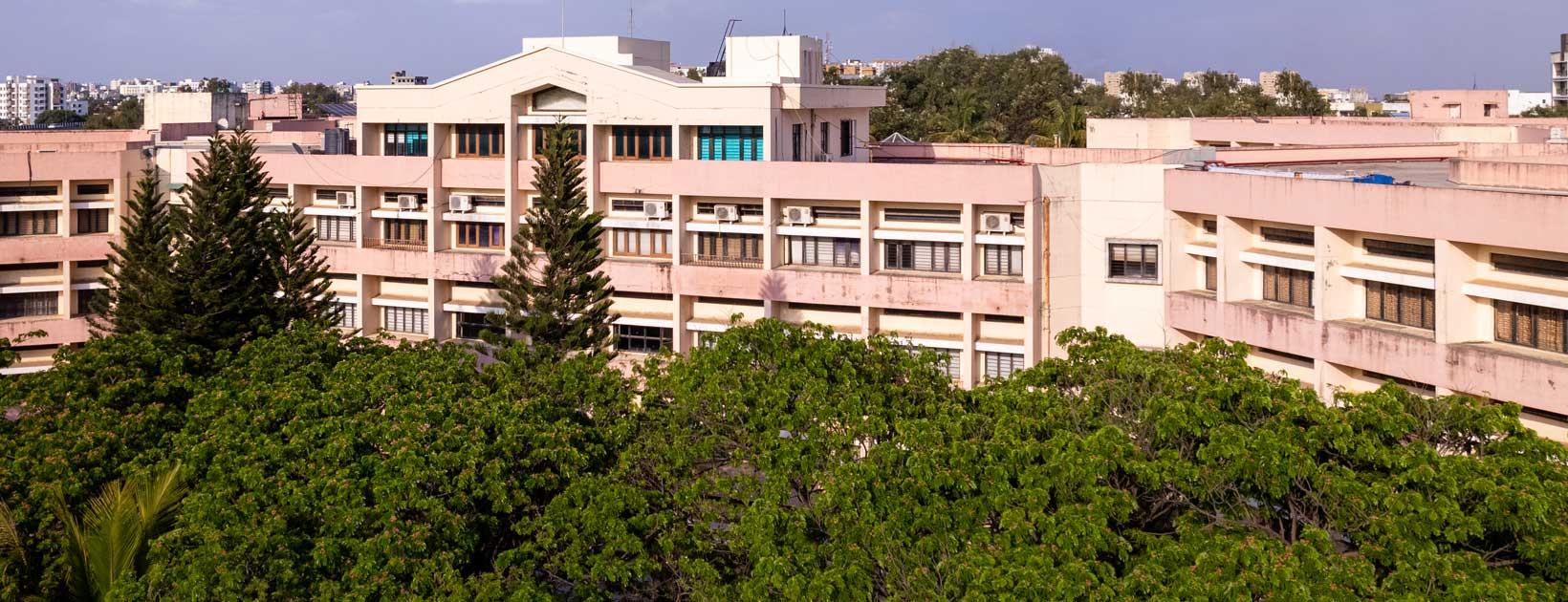
In 2022, the institute was granted autonomous status, allowing it to design its own curriculum, conduct examinations, and award degrees. It is reported to be the only institute in Nashik ranked in the “Platinum Category” four times by the AICTE-CII Survey of Industry-Linked Institutes which points to its emphasis on industry connections and practical training.
Maharashtra University of Health Science (MUHS)
The Maharashtra University of Health Sciences (MUHS) was established in 1998 under the Maharashtra University of Health Sciences Act. Located in Nashik, MUHS is the state’s only public medical university and coordinates medical education across Maharashtra.

The university offers undergraduate, postgraduate, and research programmes and promotes integration of modern medicine with traditional healthcare systems. MUHS shifted to its current campus in Mhasrul, Nashik, in 2004 and is also known as a centre for medical research. The university’s foundation day is observed annually on 10 June.
Yashvantrao Chavan Maharashtra Open University (YCMOU)
The Yashwantrao Chavan Maharashtra Open University (YCMOU) was founded in 1989 as an institution for open and distance learning. Recognised by the University Grants Commission (UGC), YCMOU aims to expand access to higher education for working professionals, rural students, and learners unable to attend traditional institutions.
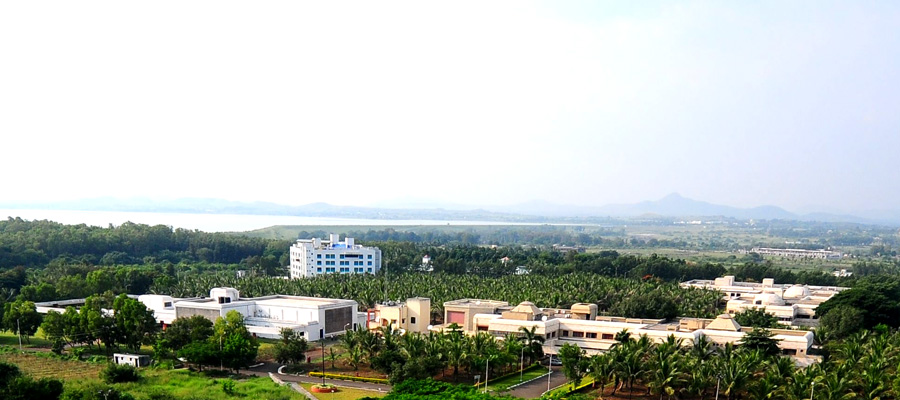
YCMOU offers undergraduate, postgraduate, diploma, and certificate programmes across a range of disciplines, including computer science, management, interior design, education, social work, and curative yoga. Its flexible learning model and commitment to maintaining academic standards have made it a popular choice for self-paced study.
Symbiosis Institute of Operations Management
The Symbiosis Institute of Operations Management (SIOM) is a specialised management school in Nashik affiliated with Symbiosis International University. SIOM offers an MBA programme focusing exclusively on operations management, primarily for students with an engineering background.

The institute’s curriculum is developed in collaboration with industry partners and emphasises practical training, industry projects, and experiential learning. SIOM prepares graduates for careers in manufacturing, logistics, agro-business, supply chain management, and related fields.
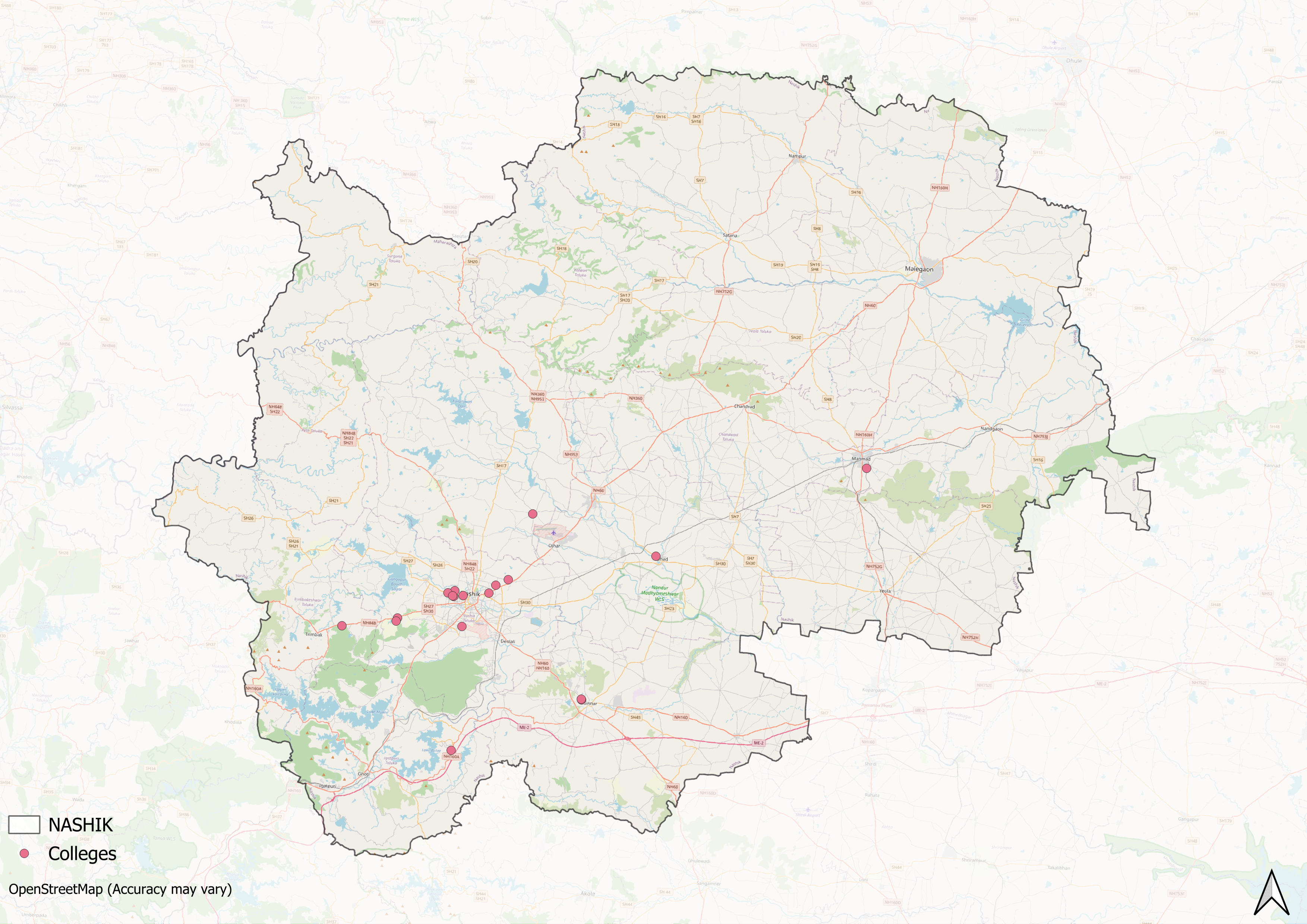
Alongside these institutions, many more spaces for higher learning operate across the district, offering programmes in a range of fields. However, while one can see here that higher education opportunities have expanded since the post-independence days, geographic disparities appear to persist, with urban centers having better access to institutions compared to rural areas.
NGOs and Community-Based Education Efforts
Education has played an important role in social reform in Nashik, particularly in addressing inequality and expanding access for marginalised communities. While formal institutions provide structured schooling, many communities continue to face barriers related to poverty, social stigma, or lack of resources. To address these challenges, several organisations in Nashik have developed community-based education initiatives.
Education on Wheels
Education on Wheels is a mobile school initiative founded in Nashik in 2007 by Prof. Sunil N. Runwal and educationist Sachin V. Joshi. The initiative was developed to provide basic education to children living in the city’s slum areas, where access to formal schools is often limited.
According to the Indian Book of Records, Education on Wheels is recognised as India’s first mobile school. The project operates by using specially equipped buses that function as classrooms, delivering lessons directly to underserved neighbourhoods. The programme aims to reintegrate children into the formal education system by providing foundational learning in areas where traditional schools are not easily accessible.

Education on Wheels has received recognition from the Limca Book of Records for its work in making education accessible through this mobile model. Since its establishment, the project has continued to serve children from marginalised backgrounds in Nashik and is considered one of the district’s notable community-based education initiatives.
Graphs
Enrollment and Dropout Rate
Schools
Teachers
Sources
Akashwani. 2024. “Maharashtra to Establish Tribal University in Nashik with 80% Reservation for Tribal Students.” News on AIR.https://www.newsonair.gov.in/maharashtra-to-…
Balasaheb Wagh. Padma Shri Karmaveer Kakasaheb Wagh. Balasaheb Wagh.https://balasahebwagh.com/karmaveer-kakasahe…
Devdutt Pattanaik. 2024. “Did Agastya Colonise South India?” Deccan Herald.https://www.deccanherald.com/opinion/devdutt…
Dr. Vasantrao Pawar Medical College. “Founder’s History.” Dr. Vasantrao Pawar Medical College, Nashik.https://drvasantraopawarmedicalcollege.com/f…
Education on Wheels. “Home.” Education on Wheels.https://www.educationonwheels.org/
Gazetteers of Bombay Presidency. 1883 (reprinted 1994). Nasik District. Vol XVI. Gazetteer Department, Government of Maharashtra, Mumbai.https://archive.org/details/in.ernet.dli.201…
India Book of Records. 2011. “India’s First Mobile School.” India Book of Records.https://indiabookofrecords.in/indias-1st-mob…
India Education Diary. 2024. “Nashik Smart School Project Successfully Upgraded 29,000 Students and 820 Teachers in 2 Years.” India Education Diary. indiaeducationdiary.in/nashik-smart-school-project-successfully-upgraded-29000-students-and-820-teachers-in-2-years/https://indiaeducationdiary.in/nashik-smart-…
K.K. Wagh Institute of Engineering Education & Research. Our Legacy.https://www.kkwagh.edu.in/our-legacy
K.K. Wagh Institute of Engineering Education & Research. “About Us.” K.K. Wagh Institute of Engineering Education & Research.https://www.kkwagh.edu.in/engineering/about-…
Maharashtra University of Health Sciences (MUHS). “About the University.” Maharashtra University of Health Sciences (MUHS).https://www.muhs.ac.in/about_university.aspx
Maratha Vidya Prasarak Samaj (MVP). “Institution Overview.” Maratha Vidya Prasarak Samaj (MVP), Nashik.https://mvp.edu.in/mvpsite/
Nashik Education Society. Archives & Historical Records. nashikeducationsociety.org/archives/https://nashikeducationsociety.org/archives/
Parul Sharma. 2024. “Going Beyond Technology: How Nashik, India, Is Converting to Smart Schools.” The Palladium Group. thepalladiumgroup.com/news/Going-Beyond-Technology-How-Nashik-India-is-Converting-to-Smart-Schoolshttps://thepalladiumgroup.com/news/Going-Bey…
Saroj Bala. 2023. Unraveling India's Ancient History.https://www.sarojbala.com/wp-content/uploads…
Sugunam Das. 1962. The status of education in Hyderabad, India in historical perspective. Boston University Thesis & Dissertation.https://open.bu.edu/bitstream/handle/2144/17…
Symbiosis Institute of Operations Management (SIOM). Introduction.https://www.siom.in/introduction
Women & Child Development Department, Government of Maharashtra. “Anganwadi Functions.” Women & Child Development Department, Government of Maharashtra, Mumbai.https://womenchild.maharashtra.gov.in/conten…
Yashwantrao Chavan Maharashtra Open University (YCMOU). University Overview. Accessed March 25, 2025https://ycmou.digitaluniversity.ac/Content.a…
Last updated on 28 July 2025. Help us improve the information on this page by clicking on suggest edits or writing to us.